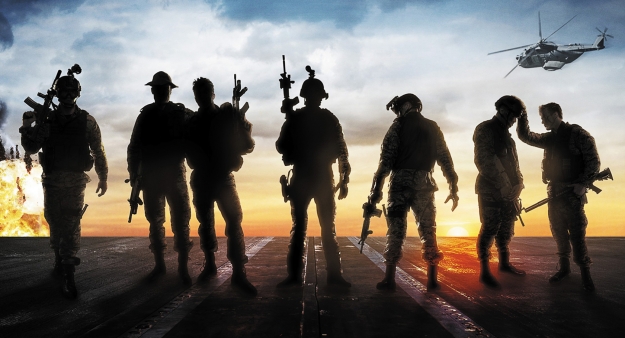By Robert Cassidy
 “The exploitation of ungoverned sanctuaries outside of Afghanistan by terrorists and Afghan insurgents is the single greatest external factor that could cause failure of the coalition campaign.” June 2017 U.S. DoD Report on Afghanistan
“The exploitation of ungoverned sanctuaries outside of Afghanistan by terrorists and Afghan insurgents is the single greatest external factor that could cause failure of the coalition campaign.” June 2017 U.S. DoD Report on Afghanistan
The latest U.S. Department of Defense Report on “Enhancing Security and Stability in Afghanistan” reiterates that Pakistan’s sanctuary, support, and employment of insurgents and terrorists is a strategic impediment to ending that war well, or to ending it at all. The Pentagon is now preparing to send about four thousands more troops. A number of Coalition partners will probably send a commensurate number of additional troops. More troops and more actions will build advisory capacity and thus improve the Afghan security forces capacity. More capacity will, in turn, gain some tactical and operational momentum vis-à-vis the Taliban, the Haqqani network, and other Islamist militants that benefit from Pakistan’s support and sanctuary.
But more action and more troops in and of themselves will not gain strategic momentum. Strategic momentum requires a marked change in Pakistan’s strategic behavior. That requires a strategy which includes more regional cooperation and a much more coercive strategic approach to curb Pakistan’s machinations. This requires a sea change in strategic thinking to shock, compel, and instill fear in Pakistan’s security establishment to break it out of its ingrained strategic-cultural pathologies. Pakistan’s duplicitous incubation and export of proxy terrorists and insurgents is the most significant obstacle to peace in Afghanistan and South Asia.




















